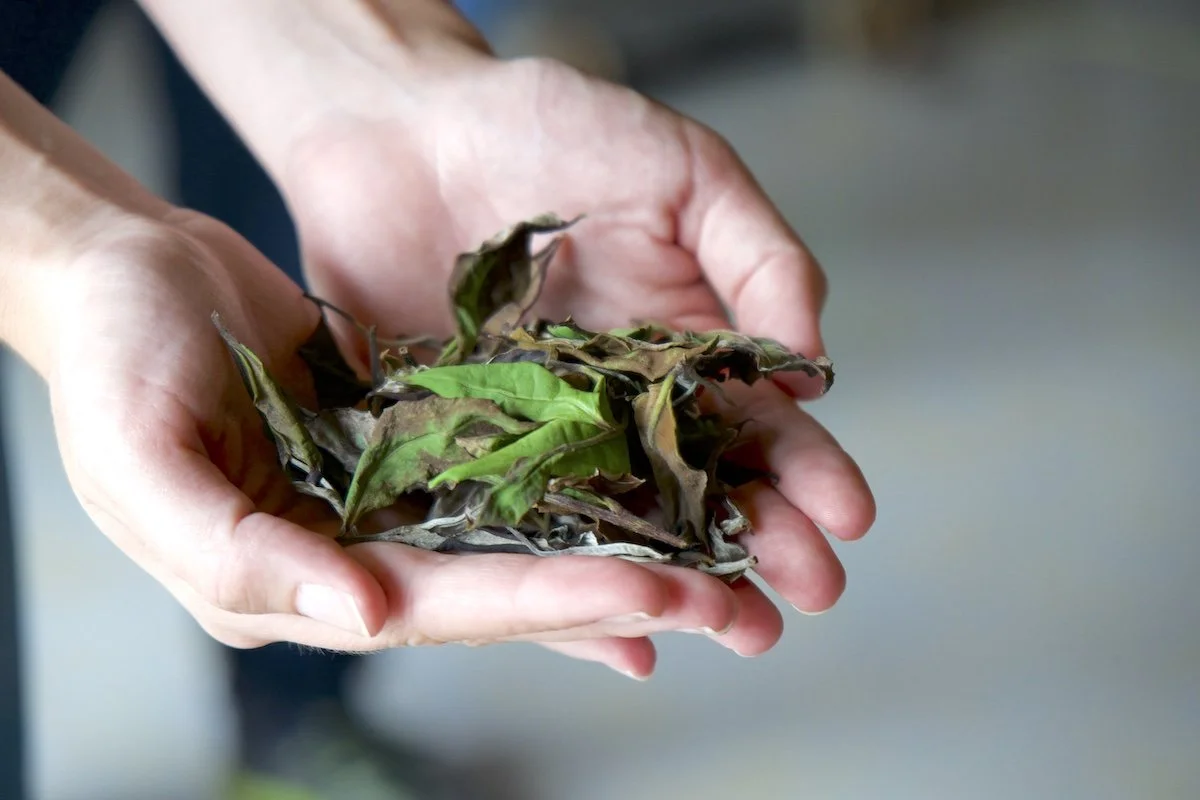Tea Bags or Loose Leaf Tea? The Pros and Cons
Should you drink tea packaged in tea bags, or loose leaf tea? The answer is multi-faceted and it depends on your personal preferences and priorities. There is no one-size-fits-all answer, but you need to ask yourself what you expect out of your brew: quality or convenience, and at what price.
Loose leaf tea is almost always higher quality, although this can vary hugely. Tea bags too contain various qualities of leaves, but most often, convenience and a lack of information might just make a bagged tea satisfactory. To help you better understand and decide, here are some factors to consider.
Loose leaf tea
The biggest advantage of loose leaf tea is transparency and (hopefully, most often) purity. There is no filter to obscure the leaves: you can see whether the leaves are intact or broken, you can examine them to determine how fresh they are, and you know there are no artificial materials embracing them (no plastic, no glue).
With loose leaves you are better equipped to taste the nuances of the tea. You’re steeping only the leaves — not a paper filter along with them — so there’s nothing to adulterate the taste. And if you use a teapot or strainer with enough room for the leaves to fully expand, you’ll enjoy the full range of the leaves’ flavor profile and depth. Furthermore, loose leaves (at least in the case of higher quality ones) are unbroken which gives you more flexibility in how you can brew them to extract precisely the desired amount of flavours. On the other hand, tea bags usually contain very small tea leaf particles – if not dust – which reduces your brewing options.
Because of this, loose tea requires a certain level of effort and care: it must be stored properly (in an opaque, airtight container), and it has a shorter shelf life because it degrades a little each time you open its container and expose it to air (the longer the leaves are exposed to air, the more flavour they may lose, albeit slowly). If you want to take tea with you on your travels, transporting loose leaves might be a little bit more challenging, and it might require you to pack a teapot, gaiwan, or strainer along with it.
Tea bags
Tea bags carry the inverse cons of loose leaf’s pros. Tea that is packaged in tea bags is usually a lower, commodity grade, and the filters themselves can lessen the quality of its taste. Even plant-based, unbleached, or organic filters still tend to apply a slight papery taste to the finished beverage, while they also prevent the leaves from expanding to their full size, thus limiting their flavour potential.
Many might argue that tea bags are more accessible, more affordable, and easier to use than loose leaf tea. You can find tea bags at nearly any grocery store, no matter where you are in the world. And you don’t need any special tools to steep them — just hot water and a cup — so they make tea preparation quick and convenient. And they are easy to pack for travel. However, as with any cheap and readily available produce, the provenance of such tea is always obscured. It is important to think about what is behind such a commodity: it’s no secret that the large-scale, commodity tea industry is still set in the colonial mindset which provides extremely low wages, bad workers’ conditions, and little opportunity to better oneself through the work at an industrial-scale plantation.
Conclusion
If you like to drink a quick and convenient cup of tea as you have been taught by your parents or grandparents, then a cheap tea bag might be right for you. However, this hugely limits your experience and provides you with only a fraction of what the tea culture has to offer. Any nuance of terroir (where and how it was grown), the idea that a tea grower had when harvesting their leaves, the speciality skill that went into processing it, are all lost in a tea bag. Loose leaves can give you so much and can help you on your journey of discovering not only a rich and complex culture of making tea, but also a world of flavours attainable only through an intimate relationship with the leaves you brew.



